A review and example film scans of the Minolta Dimage Scan Elite II film scanner.
- Please see the disclaimer regarding advertising here.
- Italicized links in the text are advertisement links that take you to other sites.
Table of contents
Gallery
Below are the results of scanning the film I shot with the first Elite II I purchased, using a LEICA R8 + Kodak Gold 200, with the DiMAGE Scan Elite II. Only a few images were successfully scanned, so the sample size is small. Also, as in the last image, the results sometimes resembled Gerhard Richter’s “Strip.”
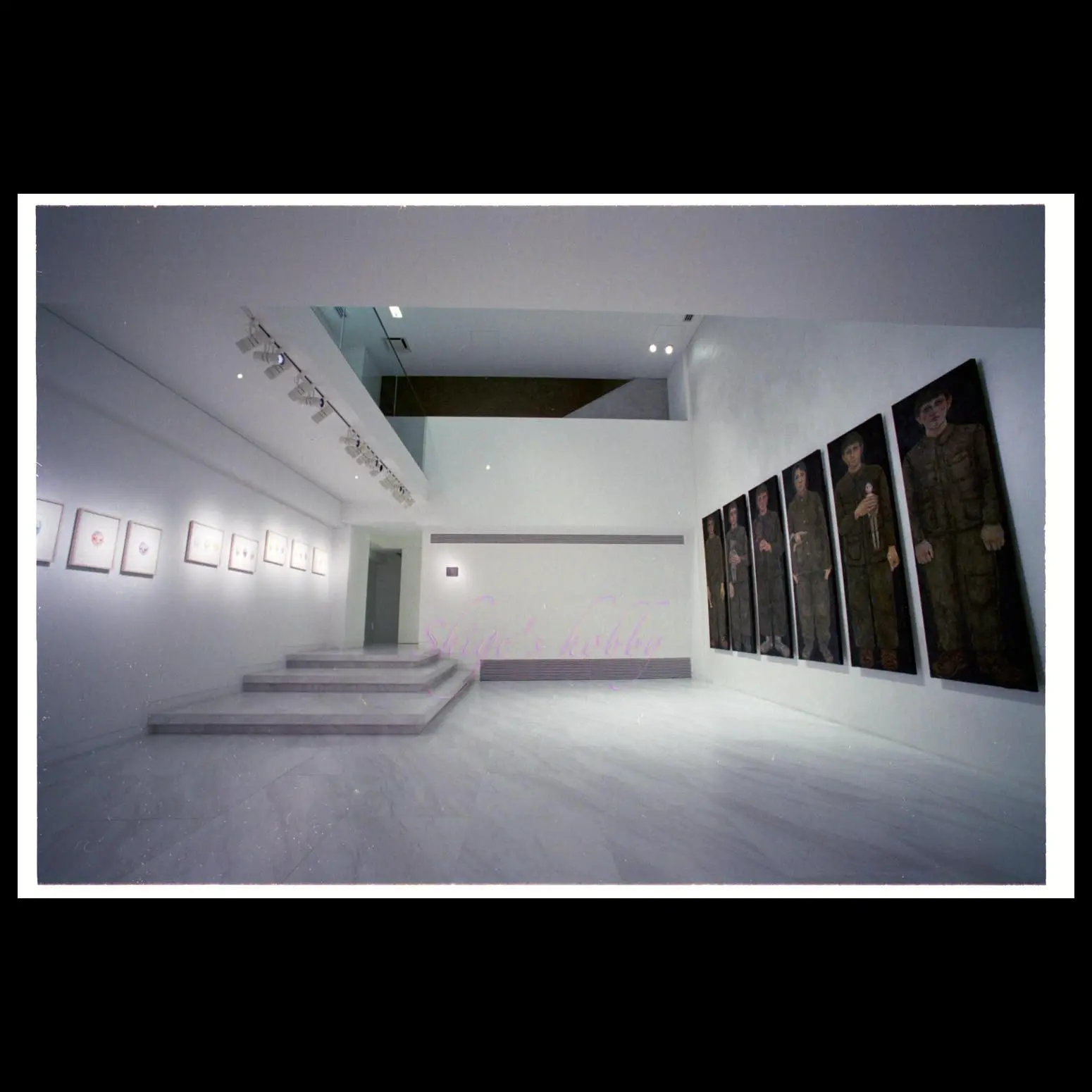
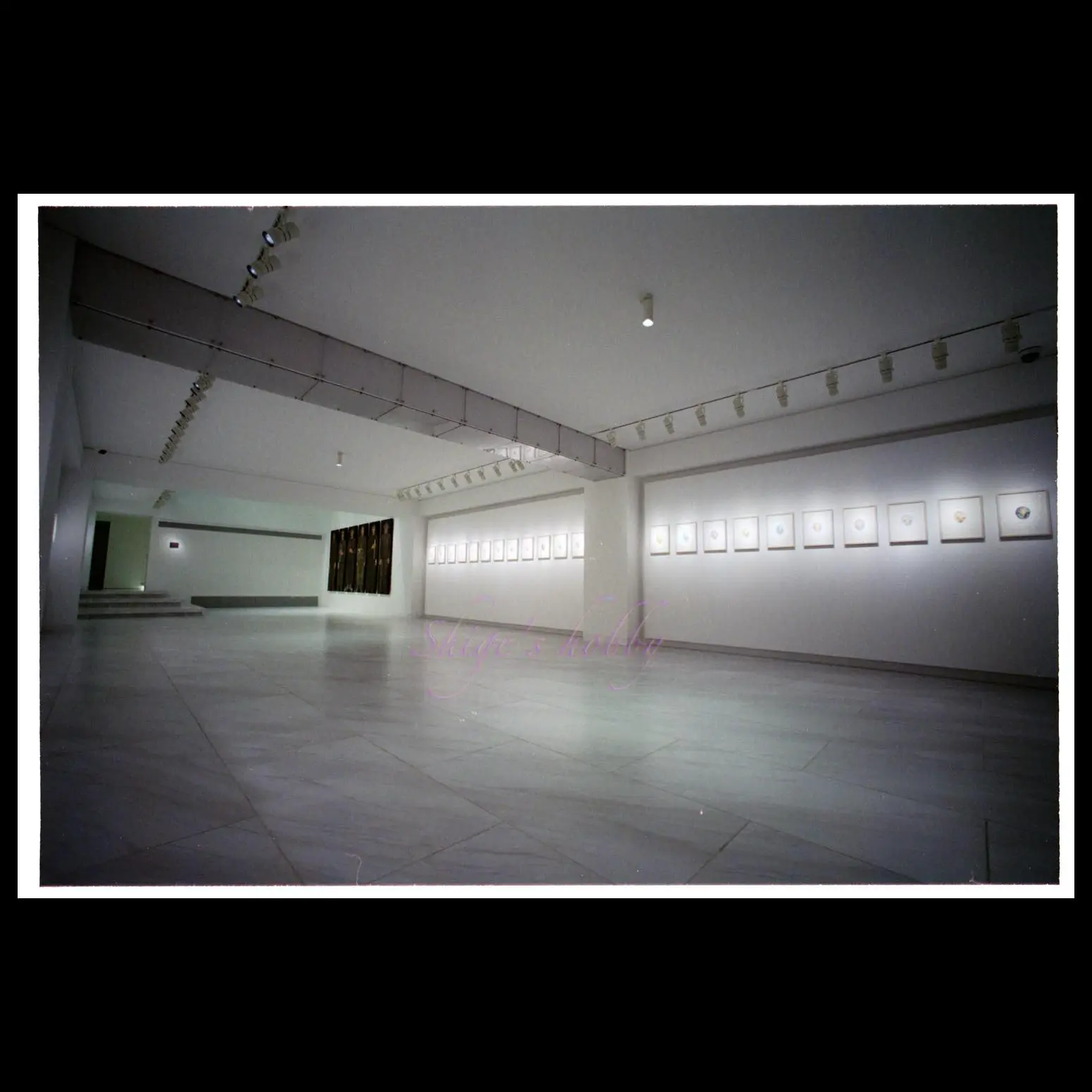
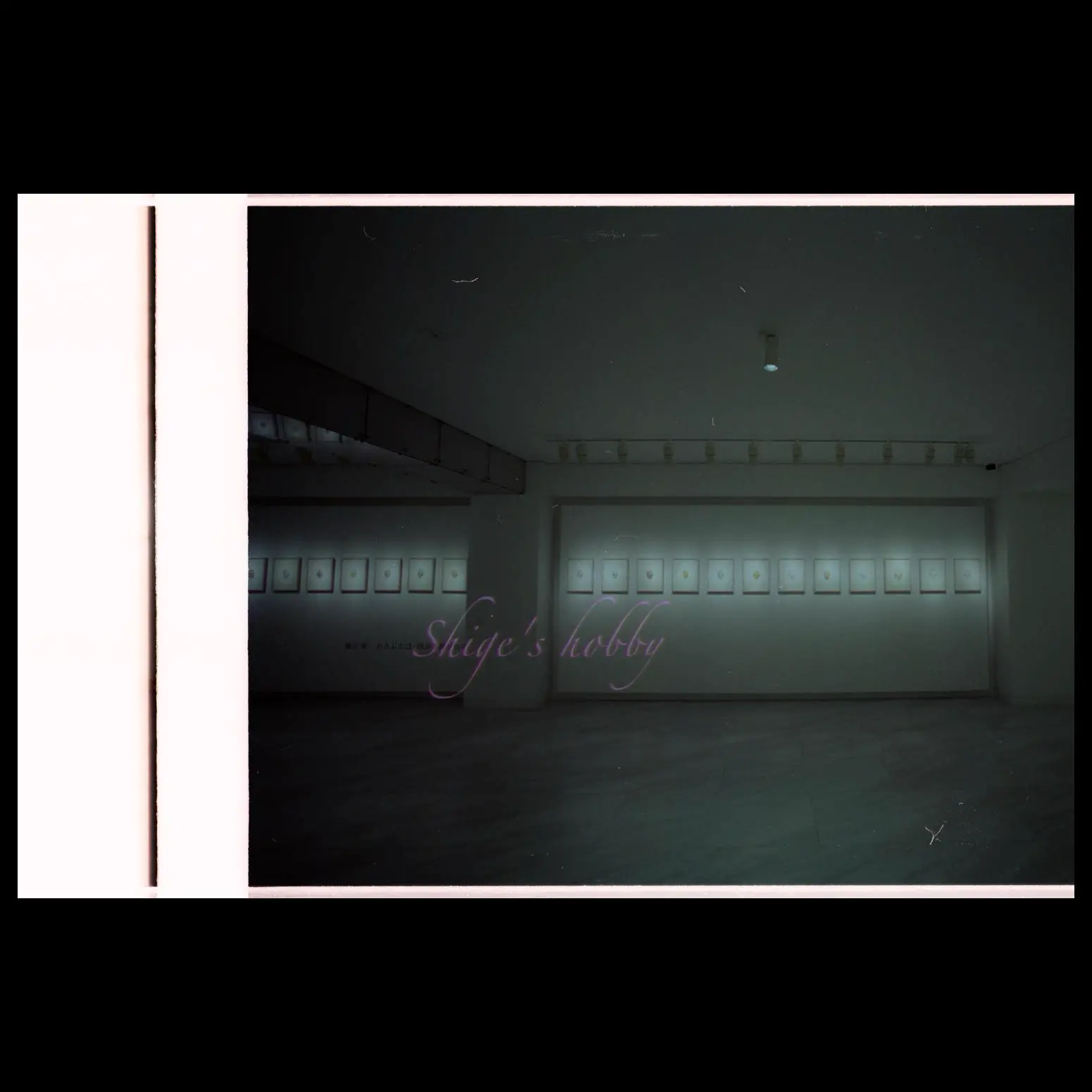
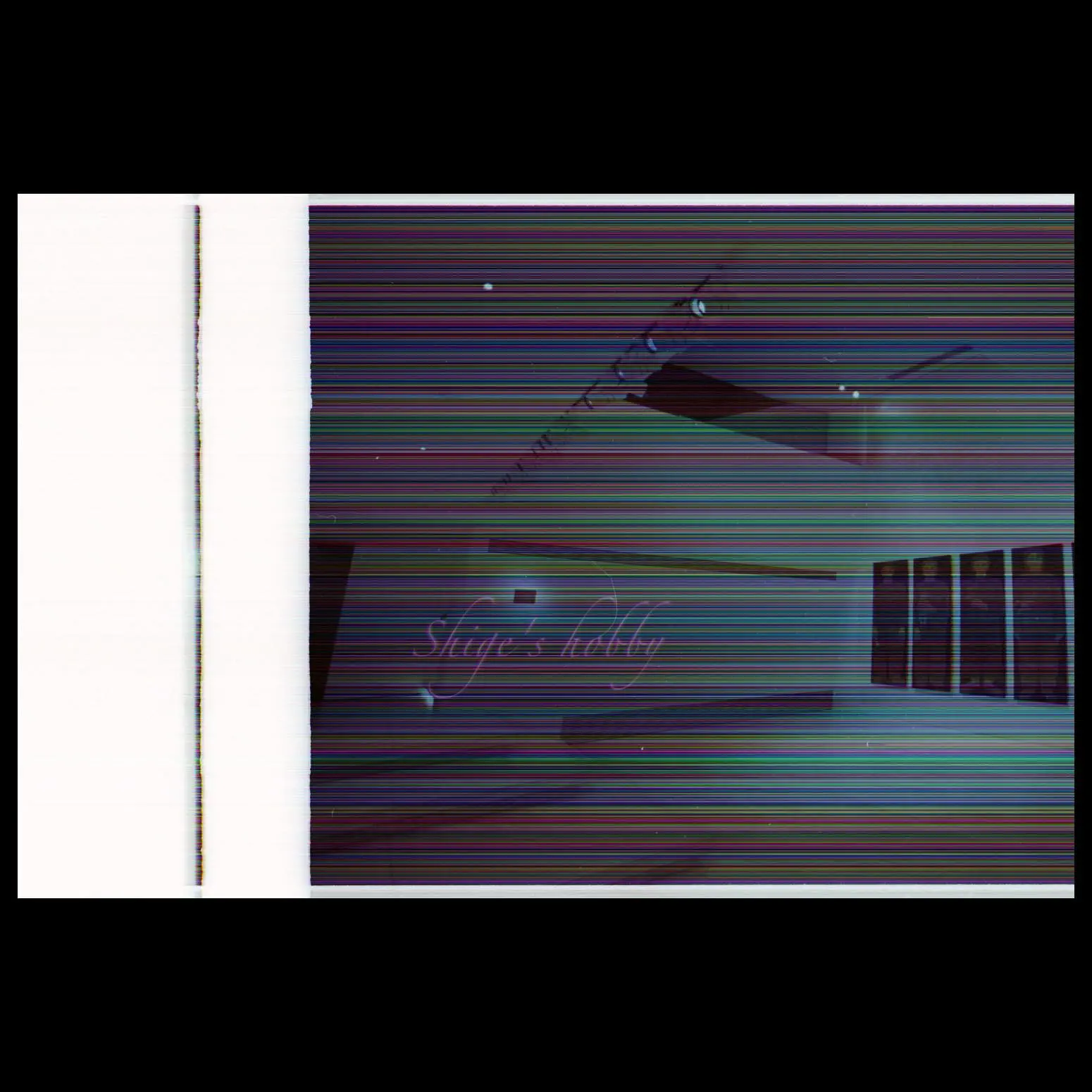
Review
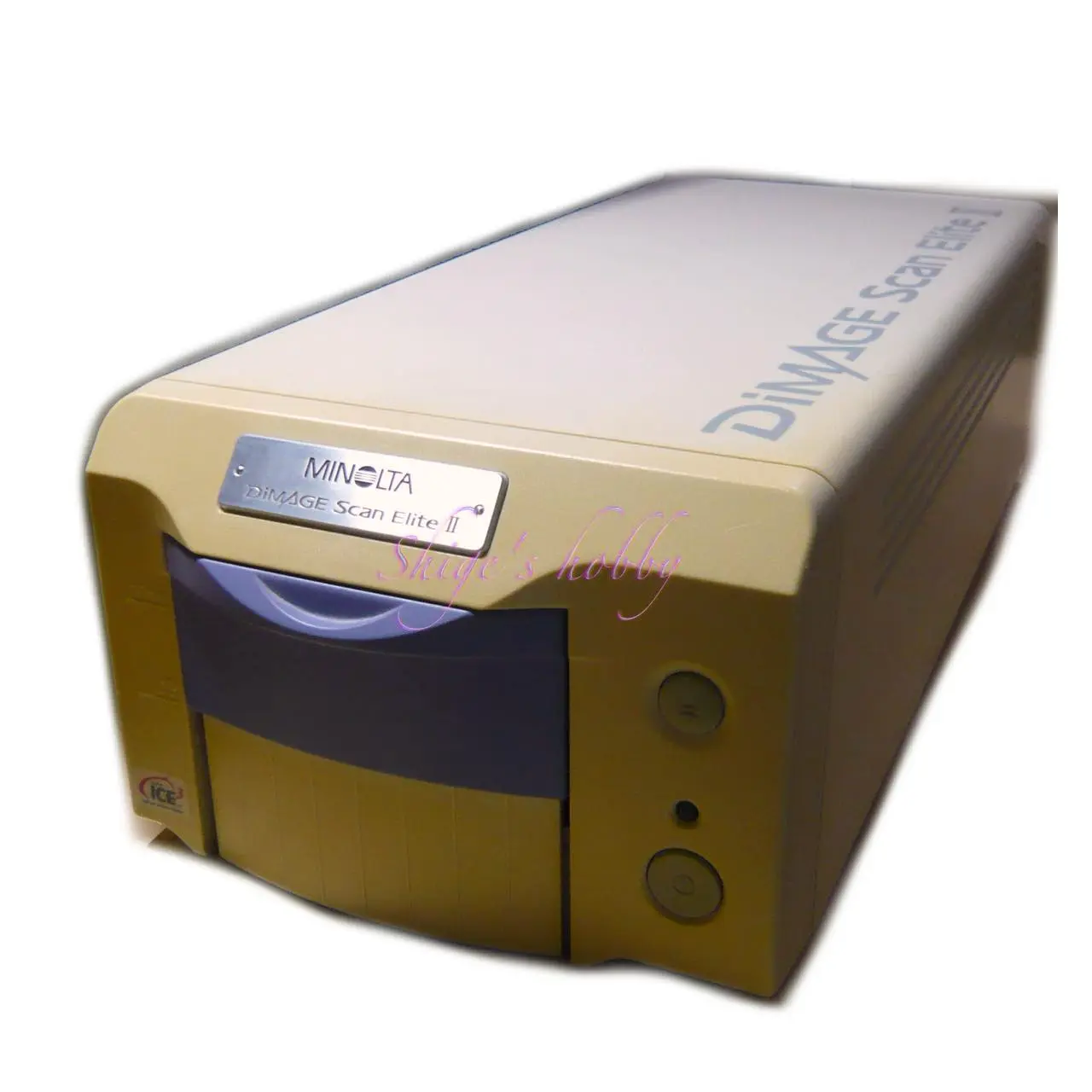
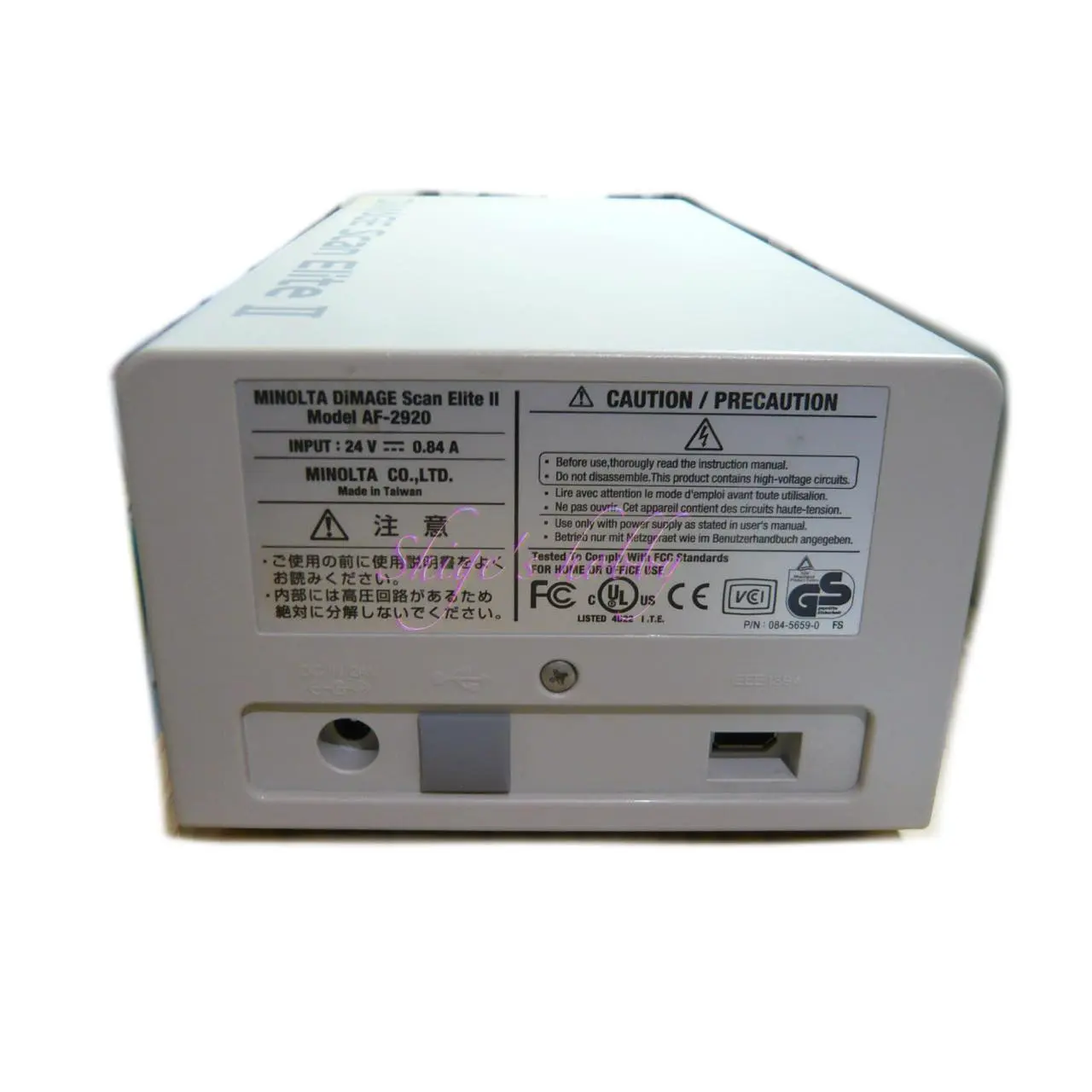
1.Overview
The DiMAGE Scan Elite II was released in 2001 and supports both IEEE1394 and USB1.0 connections.
This is the second generation in the Elite series, with a maximum scanning resolution of 2820dpi, 16-bit input and output, and a list price of 98,000 yen.
When scanning 35mm film (36.32 x 24.21mm) at 2820dpi, the resulting image is 36.32/25.42820=4032 pixels horizontally and 24.21/25.42820=2687 pixels vertically. Equipped with Digital ICE3™, it can automatically correct dust and scratches on the film.
This scanner uses a method unique to Minolta scanners, in which the film is placed on a film carrier before scanning, and requires an AC adapter to operate.
For differences in scanner specifications, please see our scanner specification comparison.
2.Usability
The scanning speed of the DiMAGE Scan Elite II is as follows. The scanning environment was a MacBook Air 11 (2015 final edition) connected to the Thunderbolt 2 port via a Thunderbolt-to-FireWire adapter (MD464ZMA), using VueScan as the scanning software.
- Black and white negative, 2820 dpi: 53 seconds
- Color negative, 2820 dpi: 2 minutes 25 seconds
The scanning results of the Elite II at 2820 dpi are more detailed than those of the DiMAGE SCAN PRO Multi at 2400 dpi. As expected, finer details tend to be lost when scanning at reduced resolution.
The scanning resolution is the same as the DiMAGE SCAN Dual III, so larger print sizes may require more power. Even when using IEEE1394, the scanning speed is the same as the 4800 dpi DiMAGE SCAN PRO Multi, so it’s not exactly fast. It still gives the impression of being an old scanner, so if your budget allows, it’s best to choose Nikon’s 4 Series or 5 Series, or Minolta’s Elite 5400 Series.


As an aside, the first Elite II I purchased ultimately malfunctioned. When I tried connecting it to a Mac Book PRO (Intel-2017) via USB, I couldn’t scan continuously. To determine whether the problem was with the device or the connection, I connected the scanner to a Mac Book Air 11 (Intel-2015) with a Thunderbolt 2 port via a Thunderbolt-to-FireWire adapter (MD464ZMA) via IEEE 1394. I found the same results as with the USB connection: I was able to just barely scan the first image, but every subsequent image failed.
For a used scanner, it came fully equipped with the box and accessory carrier, so I considered keeping it for the accessories, but it was large and bulky, so I decided to return it and buy another scanner.
The DiMAGE Scan Elite II has a USB 1.0 port, so it can be connected to any PC with a USB port, regardless of operating system.
To connect via IEEE 1394, you need a PC with a port. Additionally, since the Mac’s Thunderbolt port is compatible with IEEE 1394, connection is possible using a Thunderbolt 2 to FireWire adapter (MD464ZMA). Thunderbolt 3 connections are also possible using a Thunderbolt 3 (USB-C) to Thunderbolt 2 adapter, but scanner operation can be unstable.
When connected via IEEE 1394 in the same way as the DiMAGE SCAN PRO Multi, a Windows 10 PC did not recognize the scanner. Looking at the Windows 10 Device Manager, it was not possible to switch between USB and IEEE 1394, suggesting a problem with the Windows device driver. This suggests that the reason the DiMAGE SCAN PRO Multi can be used with a Windows PC is because the scanner does not have a USB port.
When used with USB 1.0, the scanner was recognized, and a single frame of 2820 dpi color negative film was scanned using VueScan, taking 4 minutes and 20 seconds. This is about twice the scanning time compared to when connected to a Mac via IEEE 1394.
Apparently, a legacy driver for Windows 8.1 is required to recognize IEEE1394 on a Windows 10 PC. A search online reveals several articles. I haven’t actually tried it, so I don’t know if it will work with the scanner.
Scanning requires software, and the original scanner software is compatible with Windows up to Windows XP 32-bit and Mac OS X 10.4 Tiger. Yushi distributes software for use with newer versions of Windows OS.
The paid scanning software VueScan is compatible with the latest OS as of 2024. SilverFast version 6.6, another paid scanning software, is compatible with Mac OS X 10.6 Snow Leopard and Windows up to Windows XP 32-bit.
I later purchased a second Elite II, still undeterred. It only came with the film carriers for slides and film slips, and an AC adapter. This one works, although you can choose the PC you connect it to.
3.Summary
In conclusion, to sum up the DiMAGE Scan Elite II, it is a film scanner with IEEE1394 and USB1.0 connections.
IEEE1394 has fast read speeds but is cumbersome to connect, while USB1.0 has slow read speeds. Therefore, in order to use it comfortably, you will need to create an environment that allows connection via the more cumbersome IEEE1394.
Specifications, considerations, etc.
Minolta’s DiImageScan cameras come in three main lines: the affordable Dual; the high-performance Elite model compatible with 35mm and APS film; and the Multi, capable of scanning large-format film.
The Dual does not feature the ICE dust removal function, while the Elite and Multi do. See the table below for the ICE version.
The light source for the older models in the table below is unknown, but models prior to 2000 likely used a three-wavelength fluorescent lamp (hot cathode tube), while models from 2000 onwards used a three-wavelength fluorescent lamp (cold cathode tube), with the Elite 5400 II using a white LED. While the 5400 is listed on murauchi.com as using a three-wavelength fluorescent lamp (cold cathode tube), there is very little information on the 5400 (AF-5400) available, making it difficult to confirm accurate information. The components, including the exterior, appear nearly identical, so it’s possible the Elite 5400 II uses the same white LED.
| Series name | DiMAGE Scan Dual | DiMAGE Scan Elite | DiMAGE Scan Multi |
| Model name | Dual Dual II(AF-2820U) Dual III(AF-2840) Dual IV(AF-3200) | Elite Elite II(AF-2920) Elite 5400(AF-5400) Elite 5400II(AF-5400-2) | Multi(F-3000) Multi II(F-3100) Multi PRO(AF-5000) |
| Resolution (dpi) | 2820(Dual,Dual II,Dual III) 3200(Dual IV) | 2820(Elite,Elite II) 5400(Elite 5400,Elite 5400II) | 2820(Multi,Multi II) 4800(Multi PRO) |
| Image Sensor | RGB 3line CCD | ← | ← |
| light source | Unknown(Dual) Three-wavelength fluorescent lamp (cold cathode) (Dual II, III, IV) | Unknown(Elite) Three-wavelength fluorescent lamp (cold cathode) (Elite II,5400) White LED(5400II) | Three-wavelength fluorescent lamp (hot cathode) (Multi / Multi II) Three-wavelength fluorescent lamp (cold cathode) (Multi PRO) |
| Scanning method | Manuscript Fixation Optics moving flatbed scanning 1-pass scanning | ← | ← |
| A/D converter | 12bit(Dual I,II) 16bit(Dual III.IV) | 12bit(Elite) 16bit(Elite II) 16bit(Elite 5400) 16bit(Elite 5400 II) | Unknown(Multi II) 12bit(Multi II) 16bit(Multi PRO) |
| Output | 16bit | ← | ← |
| Digital ICE | None | Unknown(Elite) ICE 3(Elite II) ICE 4(Elite 5400) ICE 4(Elite 5400 II) | Unknown(Multi) ROC(Multi II) ICE 3(Multi PRO) |
| Connect interface | SCSI(Dual I,II) USB 2(Dual III,IV) | Unknown(Elite) USB 1/IEEE1394(II) USB 2/IEEE1394(5400,5400 II) | Unknown(Multi) SCSI(Multi II) SCSI/IEEE1394(Multi PRO) |
| Auto feeder | 6 | ← | ← |
| Slide scan | Exist | ← | ← |
| Large format | None | ← | あり |
| Power supply | AC adapter | ← | Build in |
| Weight(kg) | 1.5(for All products) | Unknown(Elite) 1.5(Elite II) 2.5(Elite 5400) 1.5(Elite 5400 II) | Unknown(Multi) Unknown(Multi II) 4(Multi PRO) |
| Options | 35mm film FH-U1 Slide SH-U1 | Elite /II 35mm film FH-U1 Slide SH-U1 Elite 5400/5400II 35mm film FH-M20 Slide SH-M20 | 35mm film SH-M2 Slide FH-M1 Broni MH-M1 |
| Price(Yen/No-tax) | Unknown(Dual) 6.48万円(Dual II) 4.48万円(Dual III) 3.5万円(Dual IV) | Unknown(Elite) 9.8万円(Elite II) 10.5万円(Elite 5400) 7万円(Elite 5400 II) | 29.8万円(Multi) 31.8万円(Multi II) 35.8万円(Multi PRO) |
| Release date | 1997(Dual) 2000(Dual II) 2002(Dual III) 2004(Dual IV) | 1999(Elite) 2001(Elite II) 2003(Elite 5400) 2005(Elite 5400 II) | 1998(Multi) 2000(Multi II) 2001(Multi PRO) |
Digital ICE4 ™ and Digital ICE ™ are trademarks and technologies of EASTMAN KODAK COMPANY, USA.
Reference links
- Dimage Scan Dual II ASCII article (Japanese)
- Dimage Scan Dual III ASCII article (Japanese)
- Dimage Scan Dual III Itmedia article (Japanese)
- Dimage Scan Dual IV Konica Minolta Press Release PDF
- Dimage Scan Elite II ASCII article (Japanese)
- Dimage Scan Elete5400 murauchi.com article (Japanese)
- Dimage Scan Elite 5400 II Konica Minolta Press Release
- Dimage Scan Multi AstroArts article (Japanese)
- Dimage Scan Multi II AstroArts article (Japanese)
- Dimage Scan Multi PRO PC-Watch article (Japanese)
- Dimage Scan Multi PRO Itmedia article (Japanese)
Affiliate links

Update history
- 2025.8.18
- 2024.01.03

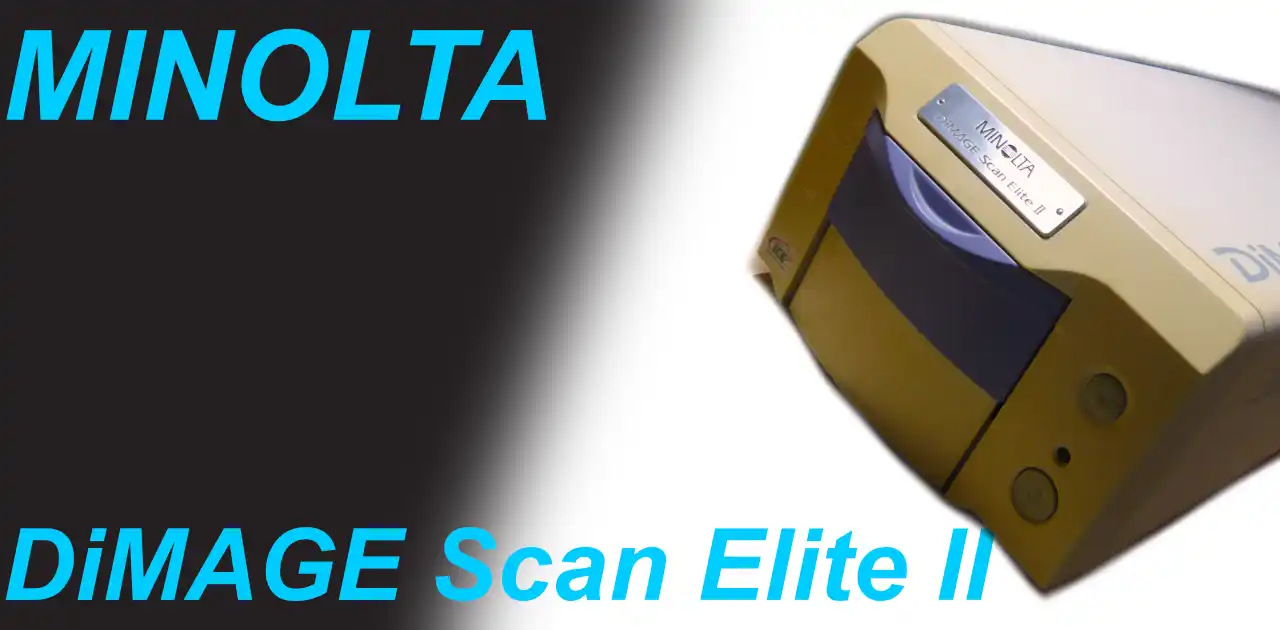

Be First to Comment